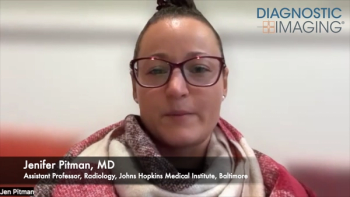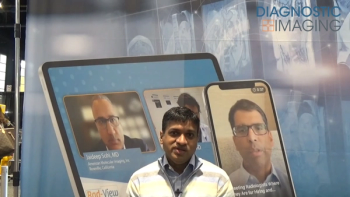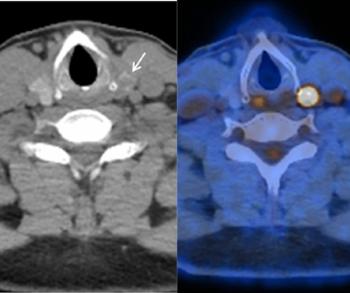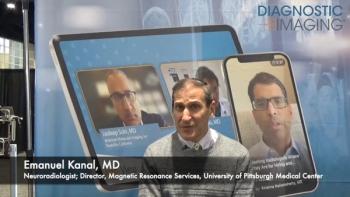
Mammography Study Reveals Over Sixfold Higher Risk of Advanced Cancer Presentation with Symptom-Detected Cancers
In a recent interview, Jean Seely, M.D., discussed a new study showing significantly higher rates of mastectomy, chemotherapy use and breast cancer-specific death in women with symptom-detected cancer in comparison to those with screen-detected breast cancer.
New research reveals that symptom-detected breast cancer is far more common among age groups that have less mammography screening (women in their 40s and those 75 years of age or older) in comparison to age groups that have more routine screening (women between the ages of 50-74).
For the retrospective study, recently published in
The researchers also noted that symptom-detected breast cancer was associated with significantly higher rates of mastectomy, chemotherapy treatment and advanced presentations, noted lead study author Jean Seely, M.D., FRCPC, in a recent interview.
“The women that were symptom detected had a 6.6 times higher rate of (having) advanced cancer … We found (they were) twice as likely to be needing chemotherapy and also almost twice as likely to need a mastectomy. It just meant that they were much more advanced at diagnosis when they were symptom detected as compared to many fewer who were screen detected (having) advanced (cancer presentation) at diagnosis,” noted Dr. Seely, a professor in the Department of Radiology at Ottawa University.
Dr. Seely also pointed out that 21.7 percent of women with symptom-detected cancer died within the 6.7-year follow-up period in comparison to 14.5 percent of women with screen-detected cancers. The mortality rate was 63 percent higher for women with symptom-detected cancers, according to Dr. Seely.
“I think that really drilled home the need to really encourage early detection of breast cancer with screening and to show that the way that we detect a breast cancer has such an impact on predicting their outcome,” emphasized Dr. Seely, the head of the Breast Imaging Section in the Department of Medical Imaging at Ottawa Hospital. “We as radiologists should be tracking this. We should be reporting this, and I think it will help our referring providers understand the impact of early detection and screening.”
(Editor’s note: For related content, see “
For more insights from Dr. Seely, watch the video below.
Newsletter
Stay at the forefront of radiology with the Diagnostic Imaging newsletter, delivering the latest news, clinical insights, and imaging advancements for today’s radiologists.



























